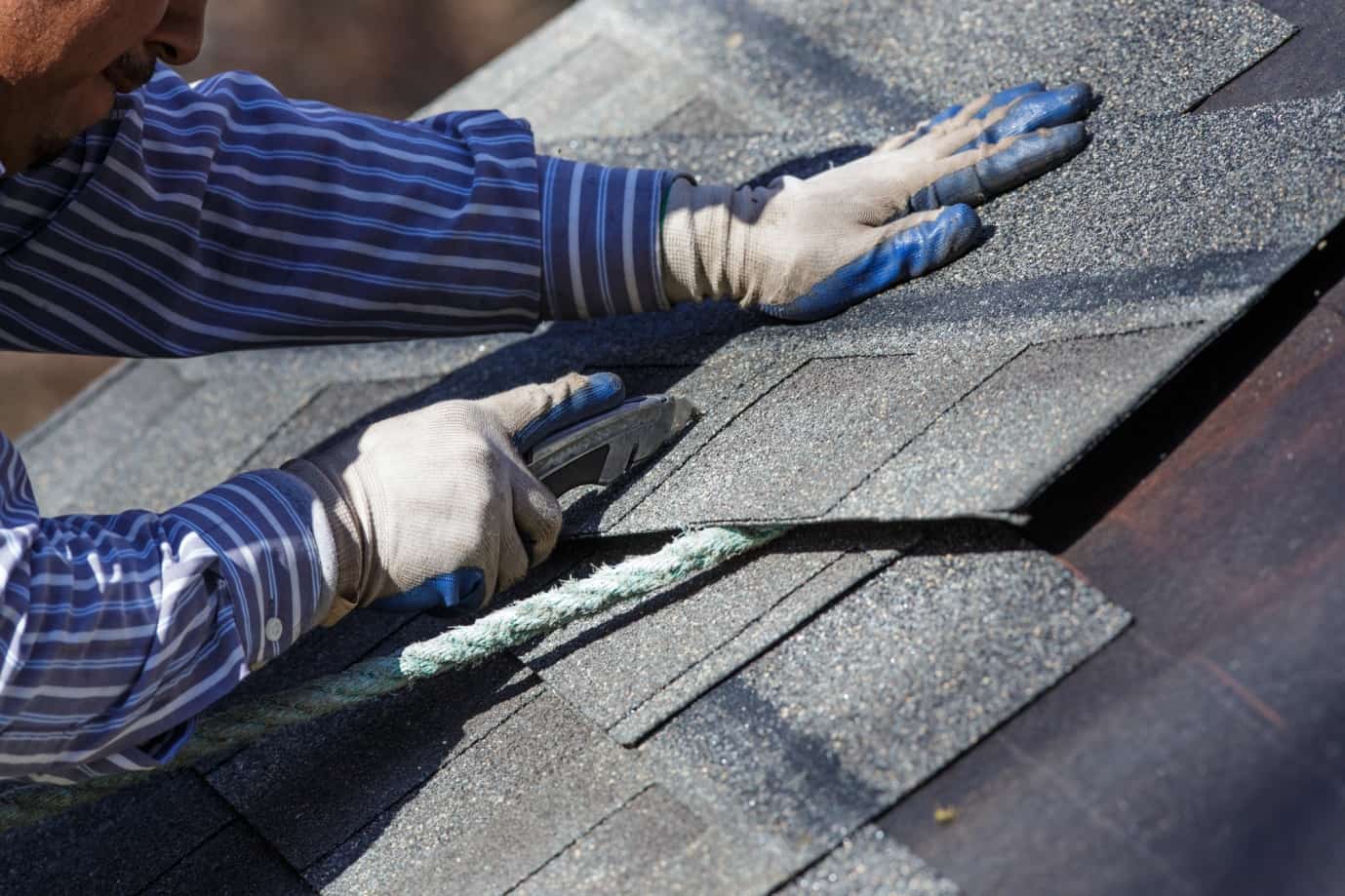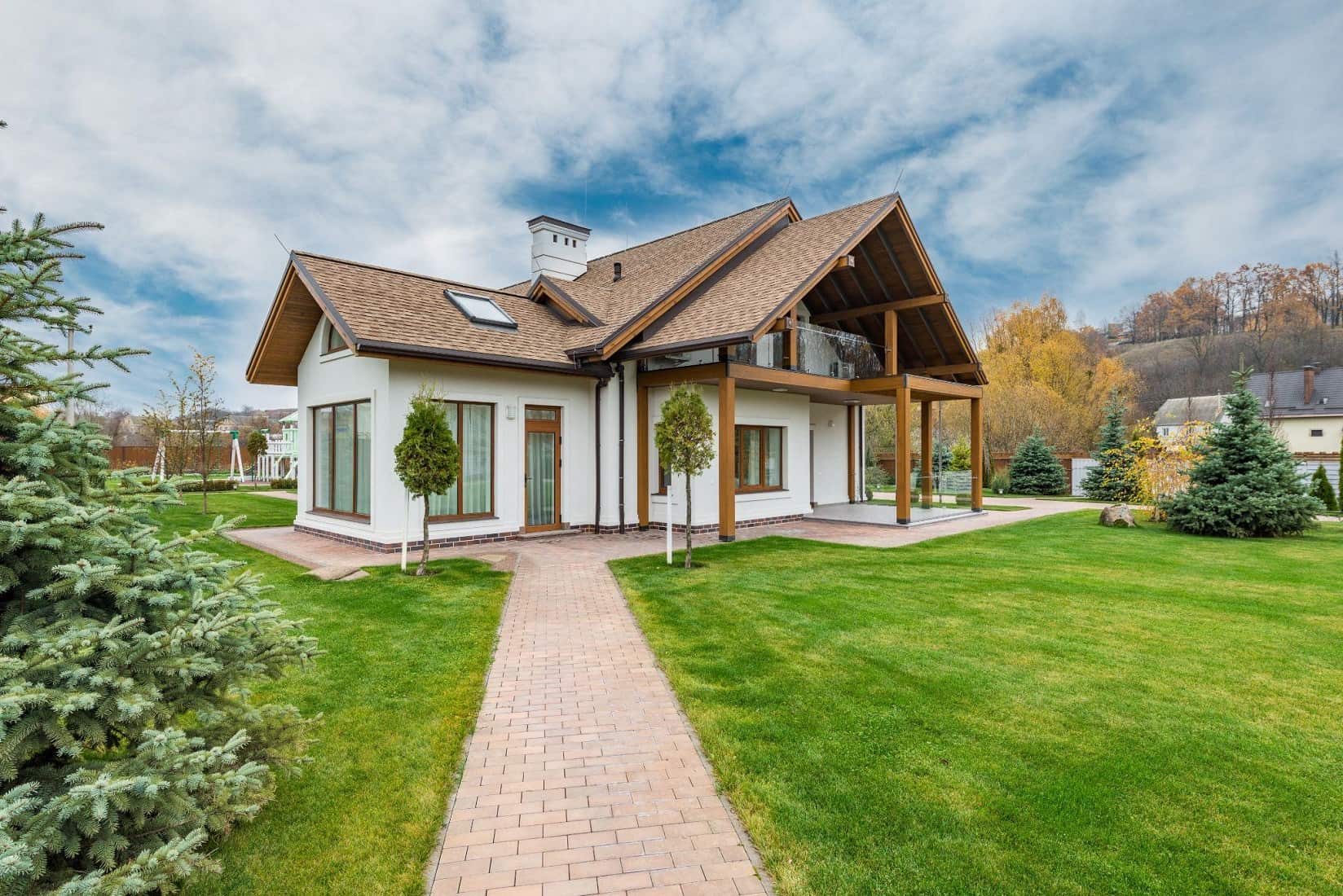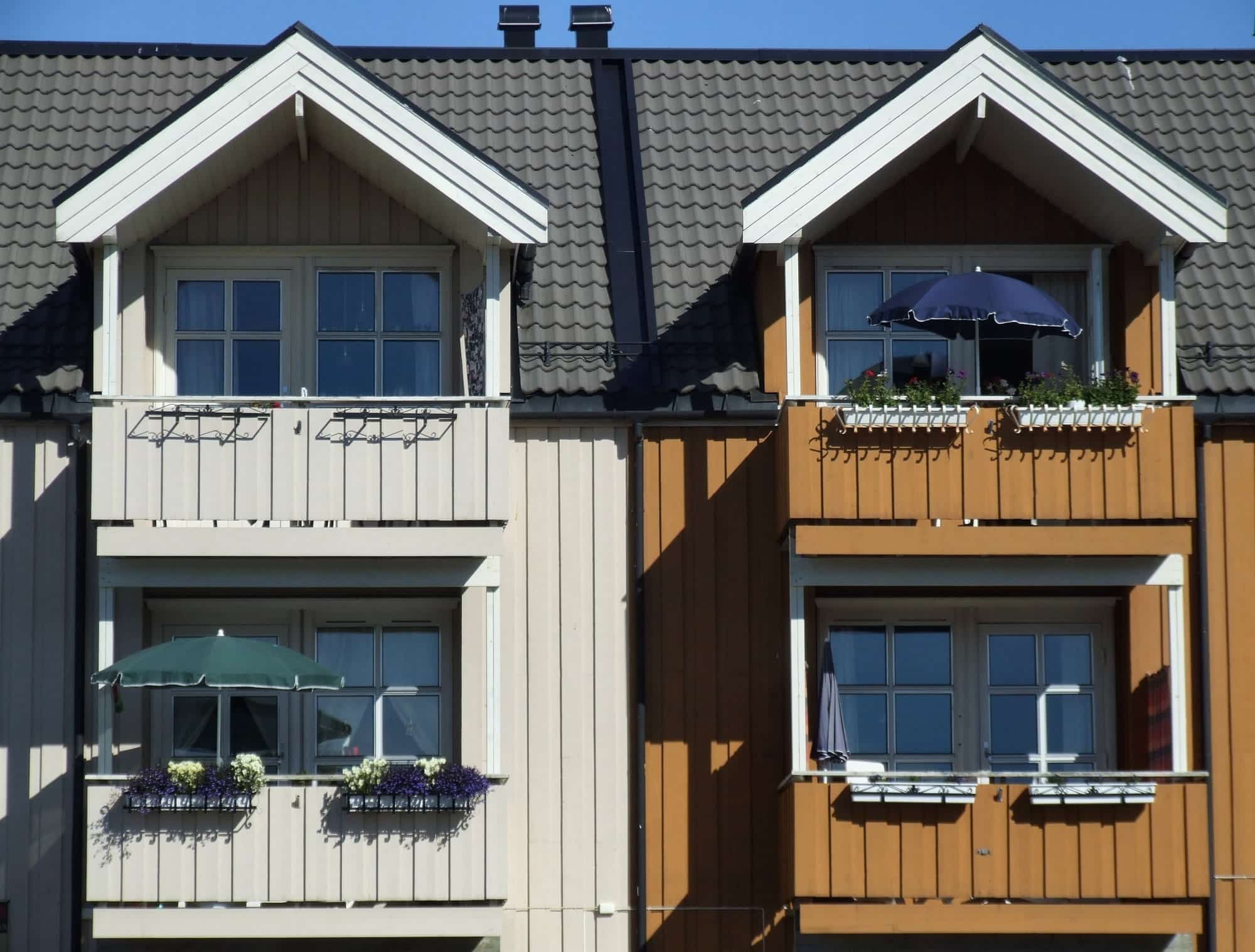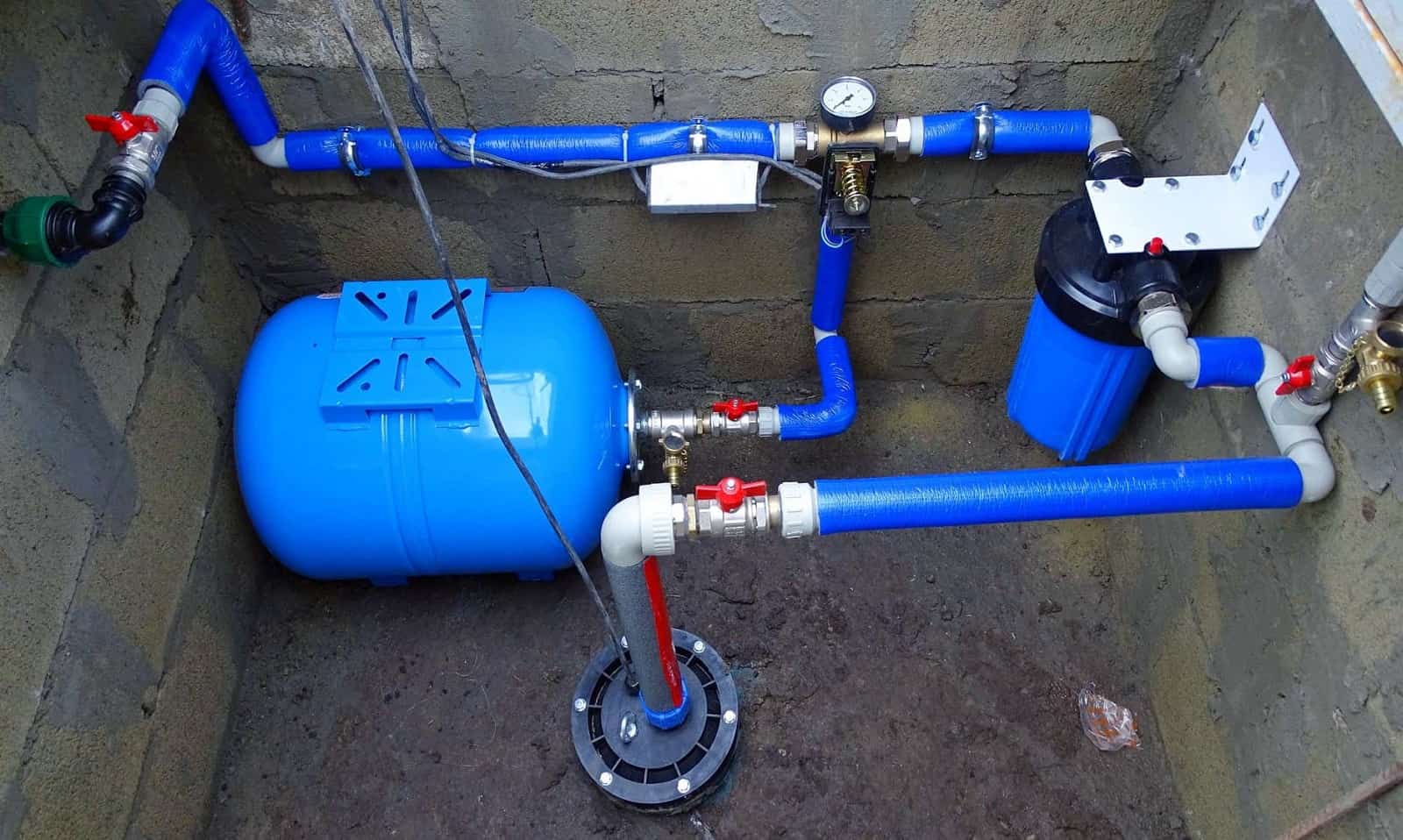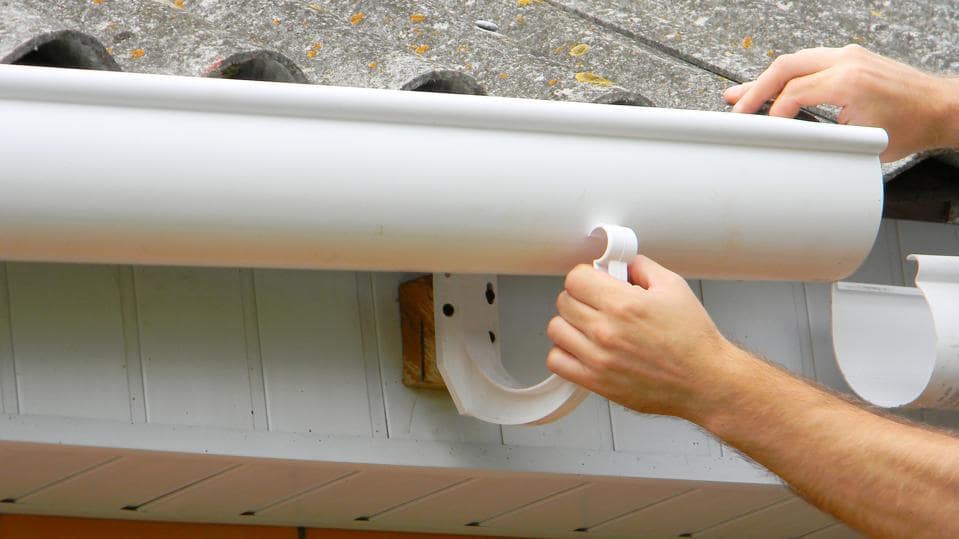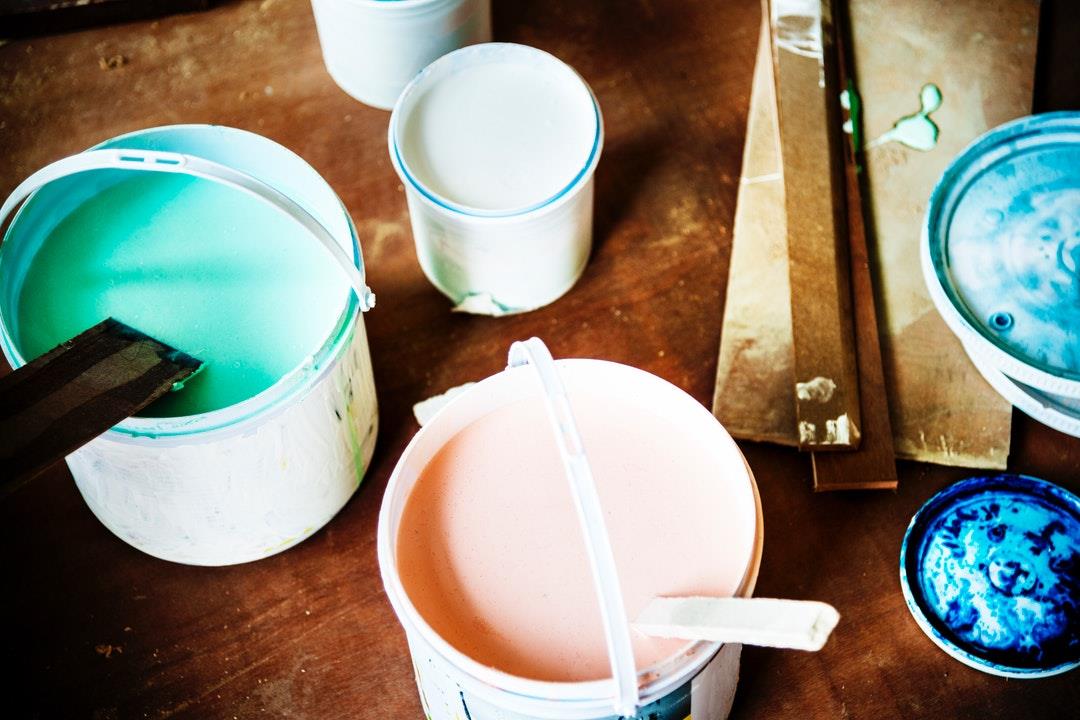Do you know the condition of your roof? Whether you just bought a home and or lived in your home for a while, it’s something you want to track. If you don’t monitor your roof, you may find out too late that you need a replacement.
But, how long does a roof last can be a complicated question. There are a ton of factors you have to consider. Read on to learn about different roof lifespans and see if it is time to replace your roof.
How Long Does a Roof Last Depends on the Materials
Your roof lifespan will vary based on the materials and design of your roof. There are two common types of roofs on residential homes, sloped and flat.
Sloped roofs are the more common style of roof and incorporate a variety of roof materials, including:
- Asphalt shingles
- Wood shingles
- Metal
- Clay or concrete tiles
- Slate
Asphalt and wood shingles are on the low end and have a lifespan of 15 to 25 years and up to 30 years, respectively. Metal roofs are incredibly durable and can last from 30 up to 100 years, depending on the metal used. Clay or concrete tiles and slate roofs last for 50 years or more, and slate can last over 100 years.
The flat roofing style is less common in residential roofing.
- Built-Up
- PVC
- TPO
- EPDM
Built-up roofs are made by layering asphalt sheets on top of each other, creating a heavy, durable surface. These types of roofs last 15 to 20 years.
EPDM, PVC, and TPO roofs are all made with roof membranes and use rubber, polyvinyl, and thermoplastic respectively. EPDM roofs last anywhere from 5 to 25 years, depending on the quality. TPO roofs last 15 to 25 years, and PVC will last 20 to 30 years or more.
Other Factors Impacting the Lifespan of a Roof
Weather and climate play a huge role in the health of your roof. Wind and falling debris can wreak havoc on your roof’s durability and cause damage. Keep in mind if your area has extreme temperature changes, this can cause warping and damage to certain roofing materials.
Poor-quality roof materials or workmanship can result in roof damage or issues sooner than expected.
Maintaining your roof regularly by keeping it clean and doing any upkeep on the materials can extend your roof’s lifespan.
Signs Your Roof Needs Replacing
One clear sign that your roof needs repairs is if you see water damage in your home. It indicates that there is an opening or cracks where your roof is letting water get in. Leaks can compromise your roof’s integrity if not fixed.
If any shingles or roofing material is loose or missing is also cause for concern. Be mindful of areas where debris collects, as it could hold moisture and create problems.
Benefits of Replacing a Roof
A new roof adds to your home’s curb appeal. It gives buyers peace of mind about their purchase, so your home will sell faster. As a result, roofs increase your home’s value.
Depending on the type of roof, you can increase your home value and recover 60 to 68 percent of the cost of the new roof. This rate of return is more than most home upgrades.
A new roof can also make your home more energy-efficient, saving you money on your bills.
Protect Your Home
Your roof is the primary protection for your home and your family. That’s why it’s so important to know how long does a roof last. If your home’s roof is getting close to the end of its lifespan or has damage, you should consider replacing it.
Do you want more home improvement tips? Check out guides for every part of your home on our website.

